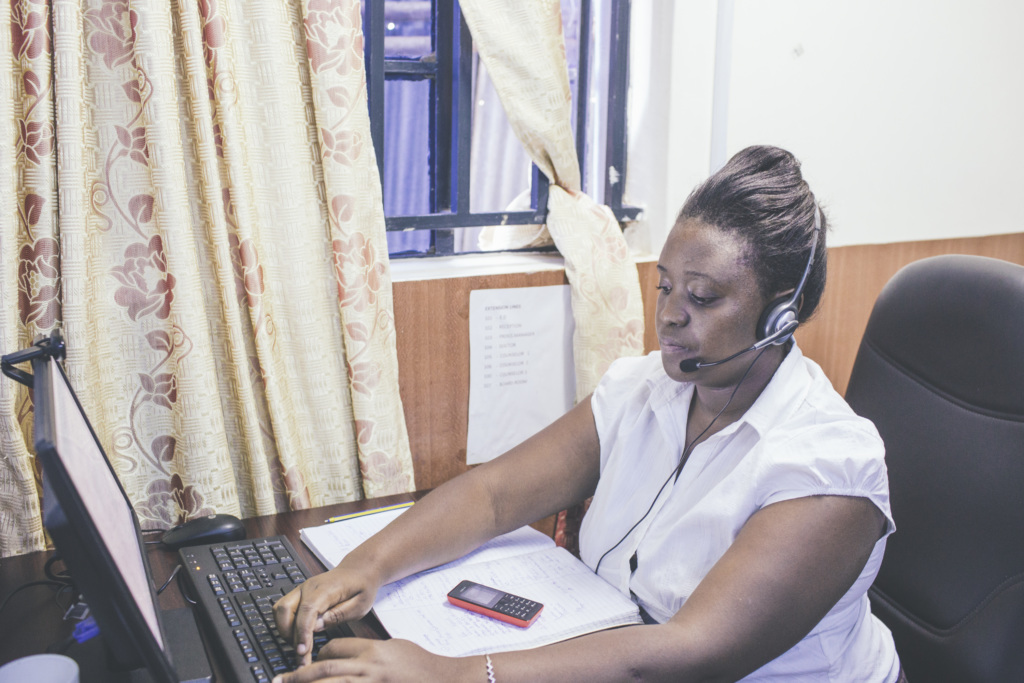Lame Excuse: Rubio Cuts Off Funding to the United Nations Population Fund (UNFPA)

Today is National Abortion Provider Appreciation Day in the United States—a day to thank the health care workers who give quality care to women, including safe and legal abortion.
We are lucky in the U.S. to have the right to privacy, which includes abortion, protected under the Constitution. However, some policymakers are slowly chipping away at this right with laws that are designed to restrict access without fully criminalizing the procedure. As access becomes increasingly difficult and threats on providers remain, abortion providers are a crucial component to women being able to receive comprehensive health care.

Unfortunately, not all women around the world have the right to safe and legal abortion. Globally, 22,000 women die every year due to complications from unsafe abortions. When abortion is legalized, and women can access safe and legal abortion, fewer women die. In the U.S. from 2003 to 2010, the mortality rate from safe abortion procedures was less than one death for every 100,000 procedures. In comparison, in Uganda where abortion access is highly restricted, about 1,200 women die each year due to unsafe abortions—a number that most likely underestimates the true toll.
In December, I wrote about Mozambique liberalizing their abortion law and the importance of sustained advocacy to ensure the law is implemented. One of the most important parts of implementation is training providers, and we have seen the necessity of this in South Africa.
In 1996, South Africa passed one of the most liberal abortion laws in the world. Just like in Mozambique, civil society organizations, doctors, and government officials worked together and advocated for the law’s passage to help curb maternal mortality due to unsafe abortion.
The passage of the law and subsequent liberalization decreased maternal mortality from about 32 deaths per 1,000 abortions to less than 1 per 1,000 abortions two years after the law was passed. But after the first year, less than a third of facilities that were supposed to be providing abortion services were actually doing so. The main reason? A lack of trained staff.
As advocates realized the law wasn’t being implemented across the country, they worked together with the government to develop a program that trained providers on the procedures, and put a line in the budget that guaranteed funds for the program.
Women and providers everywhere deserve support and access to the best services and equipment to receive and provide quality care. Sustained advocacy and monitoring can help make this happen. While today is specifically about thanking providers, we recognize the many people and sustained effort it takes to provide quality reproductive healthcare.
We are fighting back against the onslaught of harmful policies that discard reproductive rights.
Stay informed about the issues impacting sexual and reproductive health and rights.
